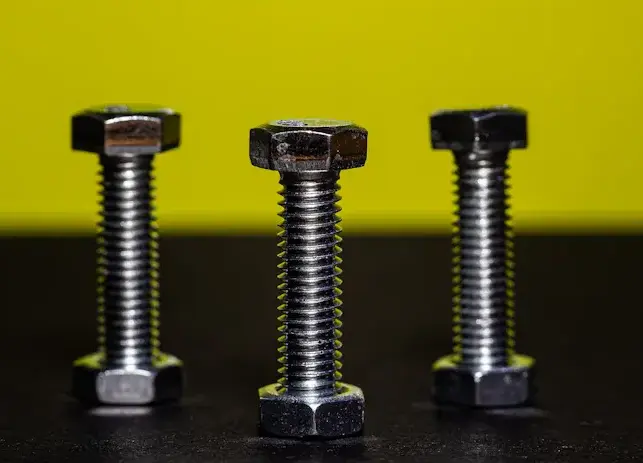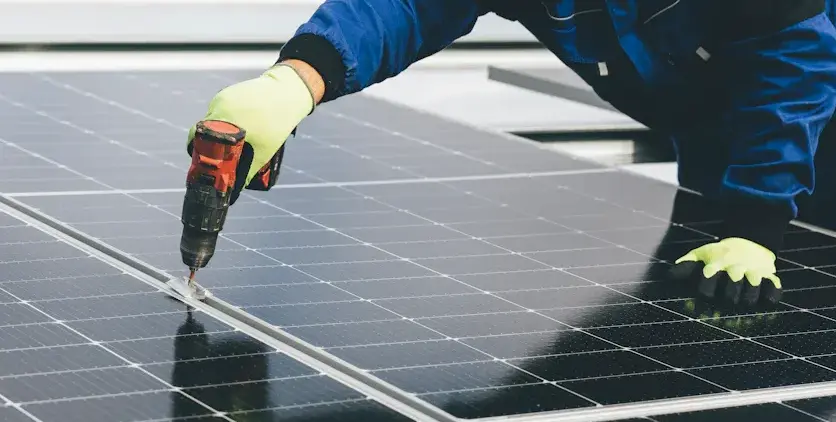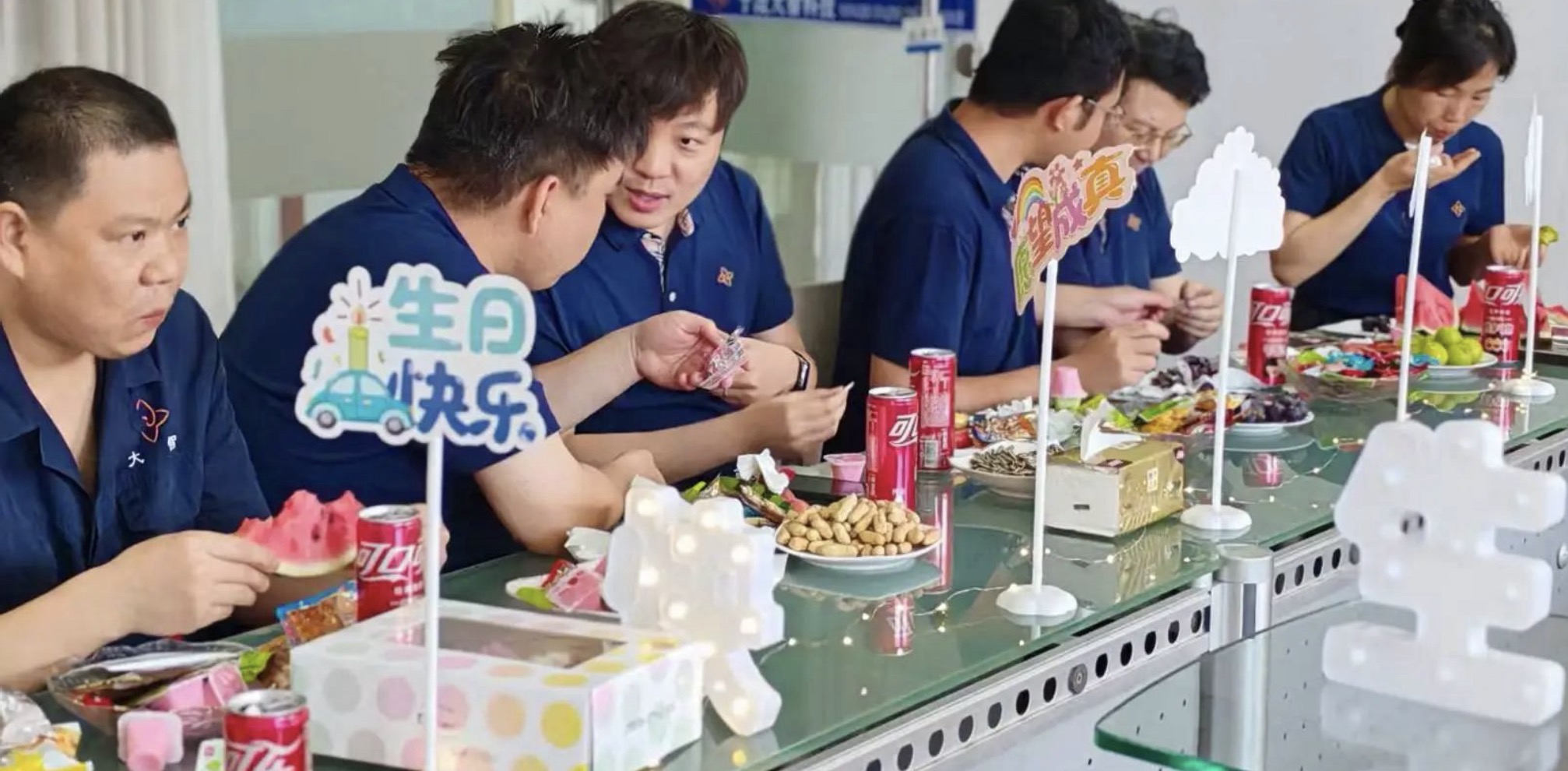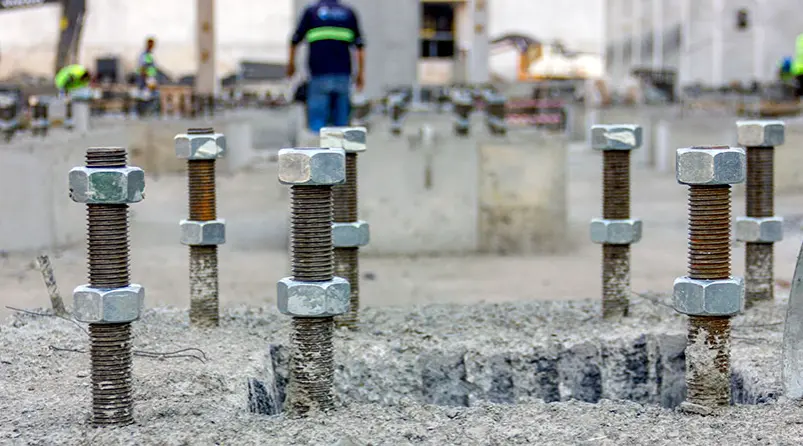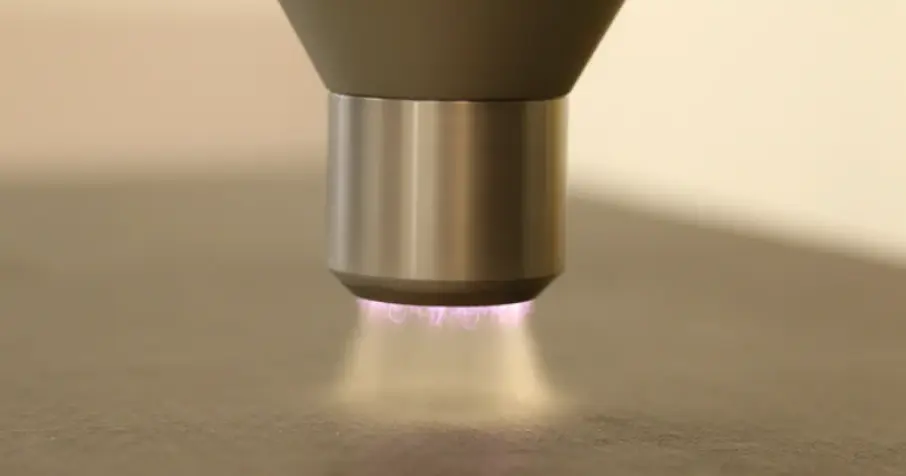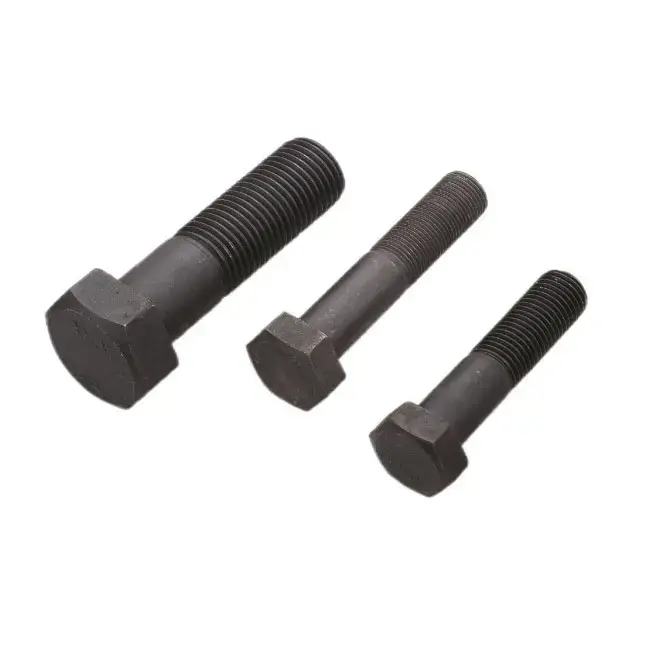Key Factors to Consider When Manufacturing Cable Clamps
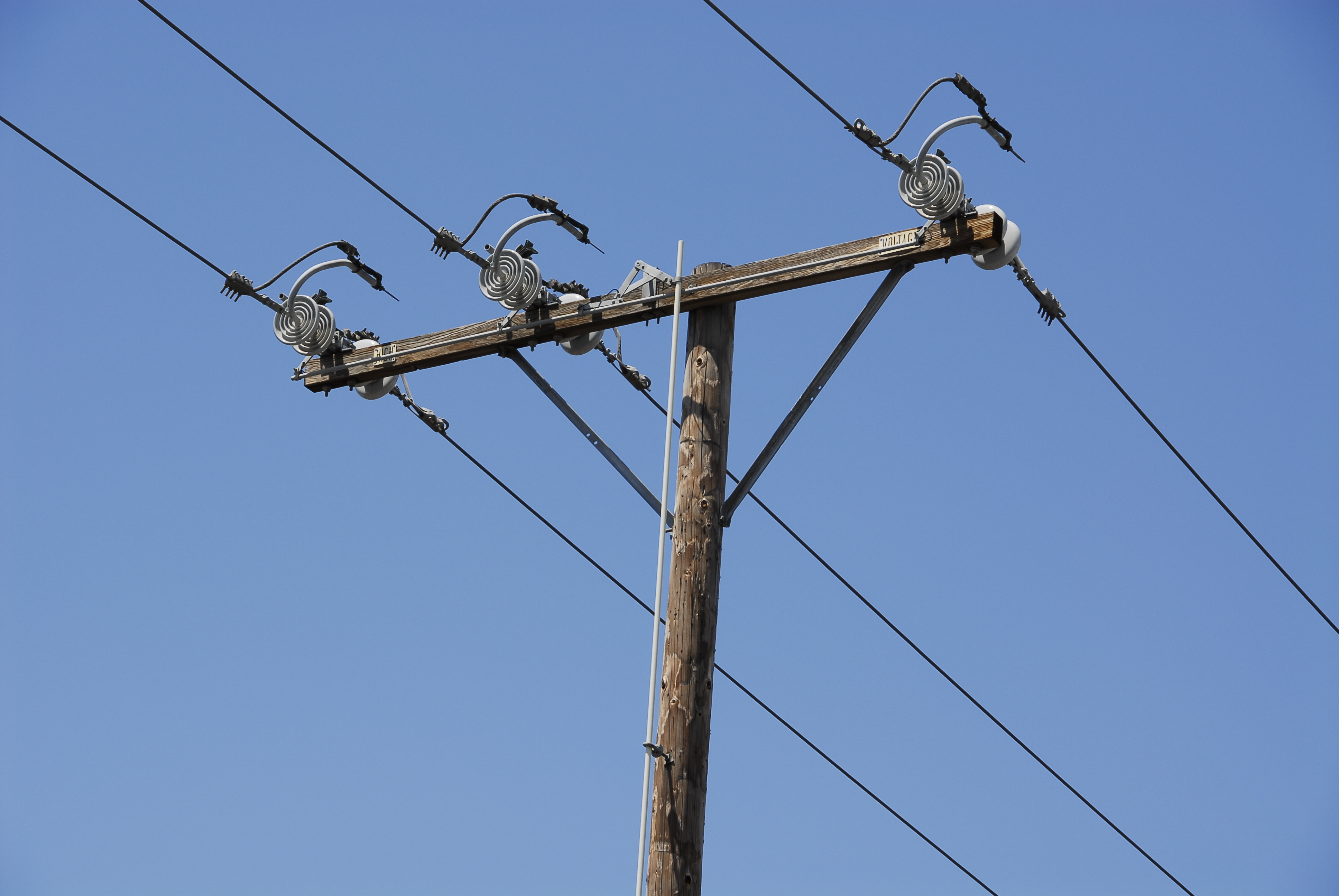
Cable clamps play an essential role in ensuring cable organization and safety. They prevent damage by keeping cables elevated, maintain signal integrity by avoiding bends, and enhance reliability by holding cables securely. Proper selection of materials, design features, and compliance with standards supports strain relief, vibration absorption, and electrical insulation, especially in high-stress environments.
Key Takeaways
- Pick strong materialsfor cable clamps to last longer. Use Stainless Steel or UV-safe plastics to handle tough conditions.
- Add easy-to-use designs to make installation simpler. Quick-release parts and light materials save time and boost work speed.
- Follow industry rules to keep products safe and reliable. Certifications like UL and ISO prove quality and earn customer trust.
Material Selection for Cable Clamps
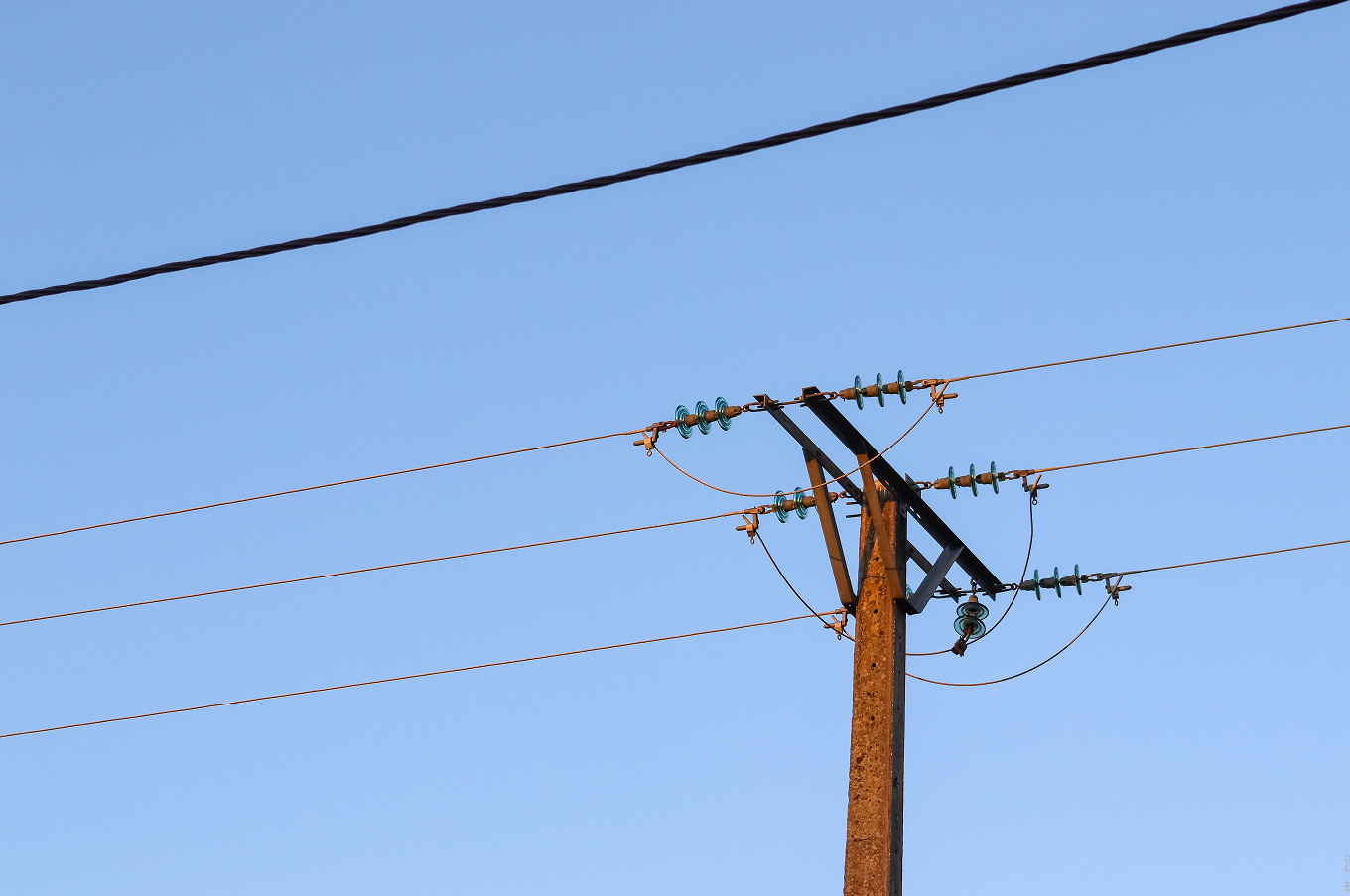
Durability and Strength Requirements
Cable clampsmust withstand significant mechanical stress to ensure long-term reliability. Materials with high Tensile Strength and resistance to deformation are essential for applications involving heavy cables or dynamic loads. For example, research on cable clamps used in long-span suspension bridges under solar radiation highlights the importance of anti-slippage friction resistance. The study found that materials with friction coefficients exceeding 0.15 effectively prevent slippage, validating their durability and strength properties.
| Study Title | Findings |
|---|---|
| Research on the Clamping Force Performance of Cable Clamps on Long-Span Suspension Bridges Under Solar Radiation | Investigated anti-slippage friction resistance and found coefficients exceeding 0.15, validating material properties for durability and strength. |
Environmental Resistance Considerations
Cable clamps often operate in environments exposed to moisture, UV radiation, extreme temperatures, or corrosive substances. Selecting materials with high environmental resistance ensures performance stability and prevents degradation. For outdoor applications, UV-resistant polymers or corrosion-resistant metals like stainless steel are preferred. These materials maintain their structural integrity even under prolonged exposure to harsh conditions, reducing maintenance costs and extending the product lifespan.
Cost-Effectiveness of Materials
Balancing performance and cost is critical in material selection. Manufacturers must evaluate the trade-offs between premium materials and budget-friendly alternatives. While high-performance alloys like titanium offer exceptional durability and resistance, their cost may limit their use to specialized applications. On the other hand, engineering-grade plastics such as nylon provide a cost-effective solution for general-purpose cable clamps, combining adequate strength with affordability.
Common Material Options for Cable Clamps
Manufacturers have access to a wide range of materials tailored to specific needs. Common options include:
- Metals: Stainless steel and aluminum are popular for their strength and Corrosion Resistance. Titanium, used in advanced applications, offers superior durability but at a higher cost.
- Polymers: Nylon and polypropylene are lightweight and cost-effective, making them ideal for indoor use. UV-resistant variants are suitable for outdoor environments.
- Composite Materials: Fiber-reinforced plastics combine the benefits of polymers and fibers, offering enhanced strength and environmental resistance.
Advanced manufacturing techniques, such as selective laser sintering and cold-metal-fusion 3D printing, enable the use of materials like titanium for specialized clamps. These clamps feature anatomically contoured designs, adjustable guiding channels, and mirror symmetry, ensuring secure cable attachment and preventing loosening.
| Evidence Description | Details |
|---|---|
| Material Used | Titanium (Ti6Al4V) |
| Manufacturing Techniques | Selective Laser Sintering, Cold-Metal-Fusion 3D Printing |
| Purpose of Clamps | Securely attach cables to bone, increase contact area, avoid loosening |
| Design Features | Anatomically contoured, mirror symmetry, adjustable guiding channels |
Design Features of Cable Clamps
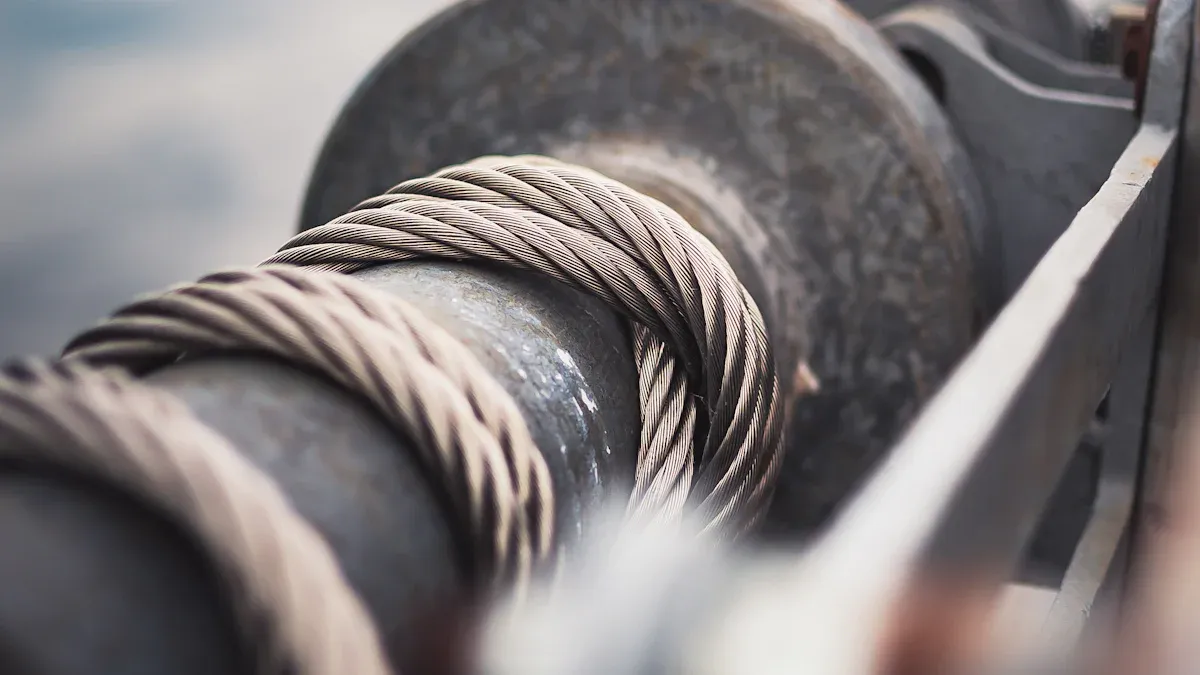
Types of Cable Clamps and Their Applications
Cable clamps come in various types, each designed for specific applications. Adjustable clamps offer flexibility for different cable sizes, while fixed clamps provide a secure hold for permanent installations. Heavy-duty clamps are ideal for industrial environments, supporting high-voltage cables or large bundles. For environments requiring enhanced resistance, such as offshore wind farms, specialized clamps withstand ultraviolet rays, ozone, and extreme temperatures.
| Specification | Details |
|---|---|
| Resistance | Ultraviolet rays, ozone, mineral oils, fuels, salts, alkalis, alcohol, hydrocarbons, etc. |
| Flame resistance | UL94 5VA, UL94 V-0, IEC 61914 |
| Ambient temperature | -60°C to 120°C continuous, up to 220°C short-term heating |
| Operation life | More than 40 years |
These features make cable clamps suitable for diverse applications, including high-voltage power cables and multi-conductor systems in harsh environments.
Strain Relief and Cable Protection Features
Strain relief is a critical feature that prevents cable damage caused by tension or bending. Cable clamps with integrated strain relief mechanisms reduce stress on connectors, extending the lifespan of cables. For example, PMA® cable protection kits enhance railway safety by providing mechanical and weathering protection for rail infrastructure cables. Similarly, robotics applications benefit from clamps like the New BBSR strain relief system, which secures conduits while allowing flexible movement.
| Case Study | Description |
|---|---|
| Swiss Federal Railways SBB with PMA TRUST™ | Flexible installation and simple cable routing for inter-carriage connections |
| New BBSR Strain relief for robotics | Secure PMA conduits at axis 6 with integrated strain relief using cable ties |
| Enhancing Railway Safety with PMA® Kits | Mechanical and weathering protection for rail infrastructure cables |
Ergonomics and Installation Efficiency
Ergonomic design simplifies the installation process, reducing labor time and costs. Features like quick-release mechanisms and pre-drilled mounting holes improve efficiency. Lightweight materials, such as nylon, further enhance usability by minimizing handling effort. These design elements ensure that cable clamps can be installed quickly and securely, even in challenging environments.
Customization for Specific Use Cases
Customizable cable clamps address unique requirements in specialized industries. Adjustable guiding channels and modular designs allow manufacturers to tailor clamps for specific cable configurations. For example, clamps used in medical devices may require biocompatible materials, while those in aerospace applications demand lightweight yet durable designs. Customization ensures optimal performance and reliability across diverse use cases.
Manufacturing Processes for Cable Clamps
Injection Molding for High-Volume Production
Injection molding is a preferred method for manufacturing cable clamps in large quantities. This process offers several advantages:
- High Production Speed: Once the mold is prepared, injection molding enables rapid production, delivering thousands of parts in a short timeframe.
- Complex Part Design: The process accommodates intricate geometries and diverse sizes, making it suitable for cable clamps with specialized features like strain relief mechanisms or adjustable guiding channels.
- High Efficiency: Injection molding minimizes waste through a low scrap rate and the ability to reuse regrind material. This efficiency reduces costs and supports sustainable manufacturing practices.
Manufacturers often rely on injection molding for its scalability and ability to produce consistent, high-quality cable clamps. The process is particularly effective for clamps used in industries like automotive and telecommunications, where precision and durability are critical.
CNC Machining for Precision Manufacturing
CNC machining excels in producing cable clamps with tight tolerances and smooth finishes. This method is ideal for applications requiring high precision and complex designs. Key metrics that highlight its suitability include:
- Achieving tolerances as tight as ±0.0005 inches (0.0127 mm) for reamed holes.
- Delivering surface roughness as fine as 63 µ inches for flat surfaces and 125 µ inches for curved surfaces.
- Ensuring uniformity across parts through advanced geometric dimensioning and tolerancing (GD&T).
CNC machining is often used for cable clamps in industries like aerospace and medical devices, where reliability and accuracy are paramount. Its ability to handle complex geometries and produce repeatable results makes it a valuable manufacturing process for high-performance clamps.
3D Printing for Prototyping and Small Batches
3D printing offers a flexible and cost-effective solution for prototyping and low-volume production of cable clamps. High Speed Sintering (HSS) and other additive manufacturing techniques eliminate the need for tooling investments, allowing manufacturers to quickly adapt designs and produce variable quantities. This process is particularly beneficial for:
- Testing new designs before mass production.
- Creating customized clamps for niche applications.
- Reducing lead times for small-scale projects.
The versatility of 3D printing makes it an excellent choice for industries exploring innovative clamp designs or requiring rapid iterations. For example, clamps used in robotics or renewable energy systems often benefit from the design flexibility offered by this method.
Selecting the Right Process Based on Scale and Application
Choosing the appropriate manufacturing process depends on production scale, design complexity, and application requirements. Injection molding is ideal for high-volume production, ensuring cost-efficiency and consistency. CNC machining suits applications demanding precision and durability, especially for clamps used in critical environments. 3D printing provides unmatched flexibility for prototyping and small batches, enabling quick design modifications and reduced upfront costs.
Manufacturers must evaluate factors like material compatibility, production speed, and cost-effectiveness to determine the best process. For example, machining and laser cutting excel in precision and handling complex geometries, while 3D printing offers adaptability for unique designs. By aligning the manufacturing process with specific needs, manufacturers can optimize production efficiency and ensure the reliability of cable clamps.
Compliance with Industry Standards
Key Standards for Cable Clamps (e.g., ISO, UL)
Industry standards play a pivotal role in ensuring the safety and reliability of cable clamps. Compliance with ISO and UL standards enhances product performance across various sectors:
- Automotive and Mobility: UL 2580 addresses fire safety and battery performance in electric vehicles, reducing risks during operation.
- Building and Construction: UL 10A and UL 20 focus on fire resistance and electrical safety, ensuring dependable performance in emergencies.
- Technology and Electronics: UL 60950 and UL 62368 protect IT equipment and consumer electronics from electrical hazards.
- Healthcare and Life Sciences: UL 2900 ensures cybersecurity in medical devices, safeguarding network-connected systems.
These standards provide manufacturers with guidelines to meet stringent safety requirements, fostering trust among consumers and industry stakeholders.
Importance of Certification for Quality Assurance
Certifications validate the adherence of cable clamps to established standards, ensuring consistent quality and safety. Products certified under UL or ISO frameworks undergo rigorous testing to meet performance benchmarks. For example, ingress protection (IP) ratings confirm the durability of cable clamps against environmental damage, reducing maintenance costs and downtime. Low fire hazard certifications prioritize safe electrical designs, minimizing fire risks and protecting assets. Manufacturers who invest in certification processes demonstrate their commitment to delivering reliable products, enhancing their reputation in competitive markets.
Testing and Inspection Processes
Testing and inspection ensure cable clamps meet industry standards before deployment. Manufacturers conduct accelerated aging tests to evaluate material resilience under extreme conditions. Load-bearing assessments verify the clamp’s ability to support heavy cables without deformation. Flame-retardant polymers undergo fire resistance testing to comply with EN 50374 and similar standards. These processes not only guarantee product safety but also optimize performance in demanding environments.
Adapting to Regional and Industry-Specific Regulations
Regional regulations often dictate unique compliance requirements for cable clamps. In the EU, EN 50374 mandates flame-retardant materials and load-bearing capacities exceeding 10 kN. North America prioritizes seismic resilience through lightweight aluminum alloys under ASCE/SEI 7-22. Asia-Pacific standards emphasize salt spray testing and modular designs for disaster recovery.
| Region | Compliance Standard | Key Requirements | Impact on Production Costs |
|---|---|---|---|
| EU | EN 50374, EN 61755 | Flame-retardant polymers, load-bearing > 10 kN, accelerated aging tests | +15-20% |
| North America | ASCE/SEI 7-22 | Seismic resilience, lightweight aluminum alloys | N/A |
| Asia-Pacific | GB/T 20281-2020, PUIL standards | Salt spray testing, modularity for disaster recovery | N/A |
| South Africa | SANS 10198-3.2 (2024) | Ban on zinc-plated steel, hot-dip galvanization | N/A |
| Kenya | Energy Regulatory Commission mandates | Real-time load monitoring sensors for grid-critical projects | N/A |
| Sweden | Ban on PFAS-containing components (2025) | Reformulation of weather-resistant elastomers | N/A |
Manufacturers must adapt to these evolving regulations to maintain compliance and meet market demands. By aligning production practices with regional standards, they ensure product reliability and expand their global reach.
Producing high-quality cable clamps requires careful attention to materials, design, manufacturing techniques, and compliance standards. Strategic material selection enhances durability and reduces costs. Design engineering ensures functionality and adaptability. Advanced manufacturing processes, such as automation, improve efficiency and precision. Regulatory compliance builds trust and expands market opportunities.
- Technological advancements, including corrosion-resistant coatings and lightweight materials, have improved clamp performance in harsh environments.
- AI and IoT integration enable smarter cable management solutions, increasing demand for innovative clamps.
- Testing methods like Accelerated Life Testing (ALT) and Predictive Engineering optimize reliability and inform design improvements.
Manufacturers must stay informed about emerging technologies and materials to remain competitive. By evaluating processes and leveraging advancements, they can ensure product reliability and meet evolving industry demands.
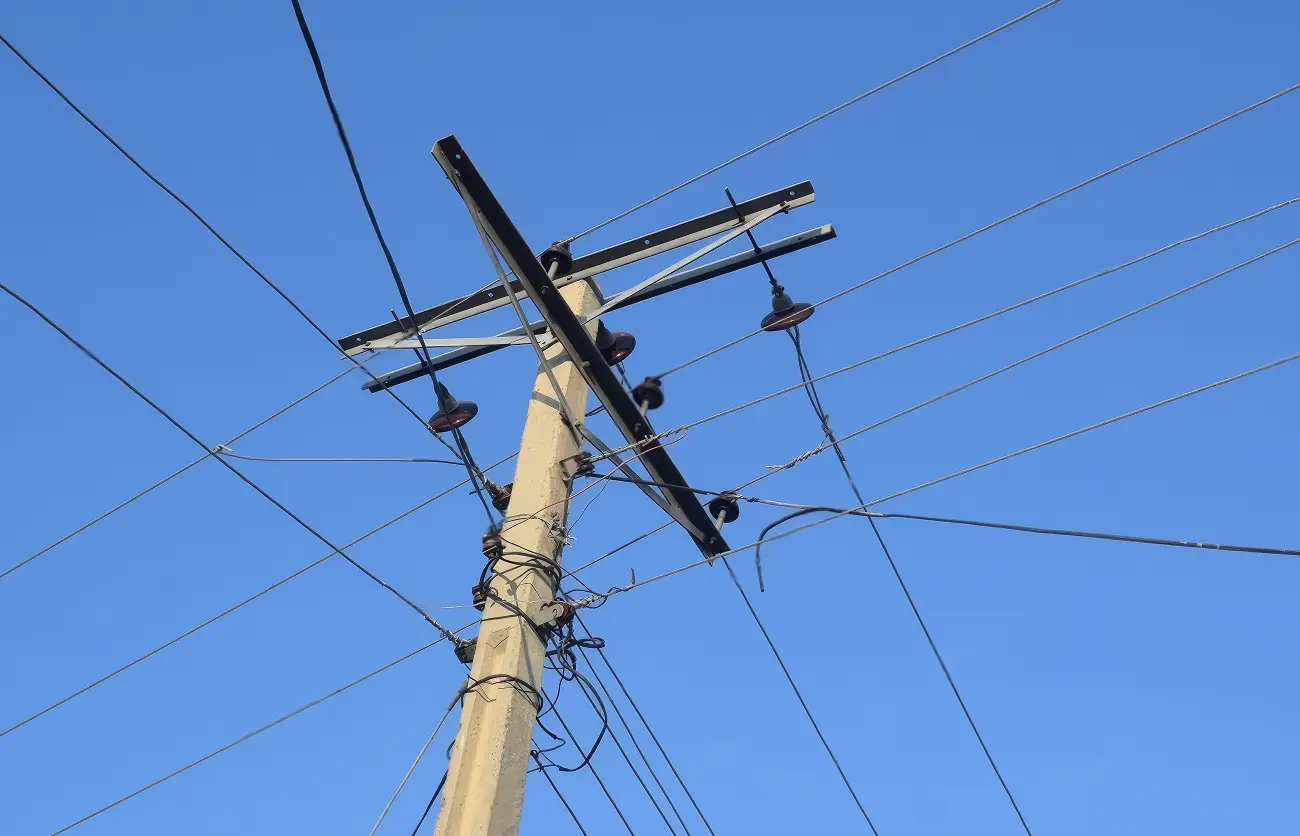
Innovation Leads, Excellence Defines – WEIYE CORP. Delivers High-Performance Grout Sleeve Solutions
In the field of power transmission and distribution, the mechanical reliability and material performance of cable clamps are critical to grid safety. As an integrated manufacturer and supplier specializing in electrical fasteners, WEIYE CORP. leverages 30 years of industry expertise to provide high-current, arc-resistant, and corrosion-free cable fixation solutions. Our products meet the dual demands of longevity and operational efficiency in smart grid construction.
Core Strengths
1.Material Science Breakthroughs, Superior Electrical Performance
2.Precision Manufacturing, Lifetime Reliability
3.Custom Solutions for Power Applications, Smart Grid-Ready
1.材料科学突破,电气性能卓越
2.精密加工工艺,全生命周期可靠
3.电力场景定制,智能运维兼容
Key Applications
✓ UHV (Ultra-High Voltage) transmission line dead-ends
✓ Offshore wind farm cable securing
✓ Urban utility tunnel smart monitoring systems
✓ Rail transit third-rail power supply


